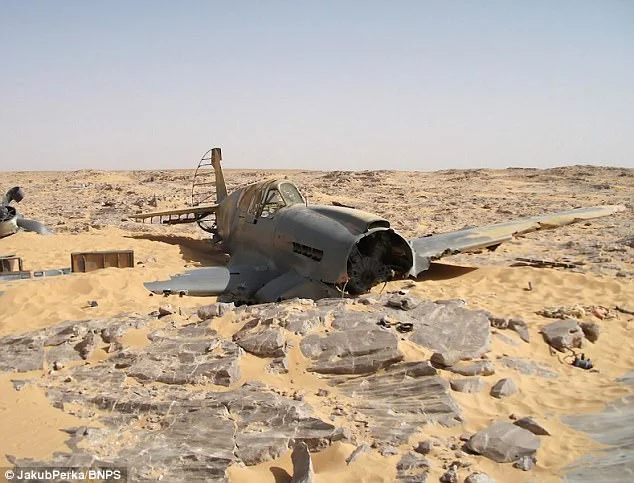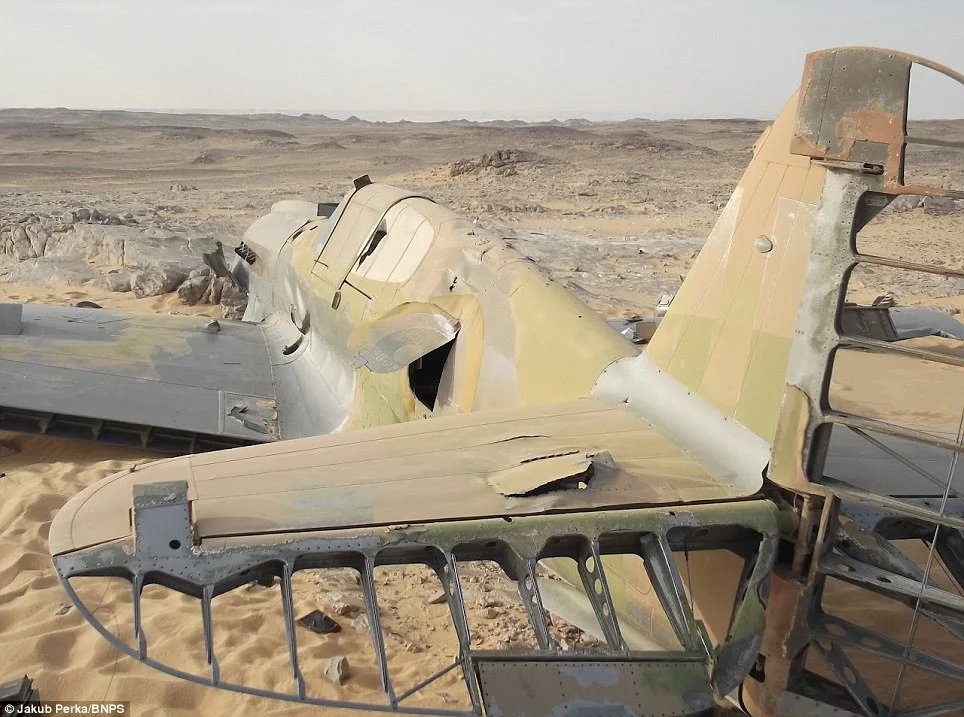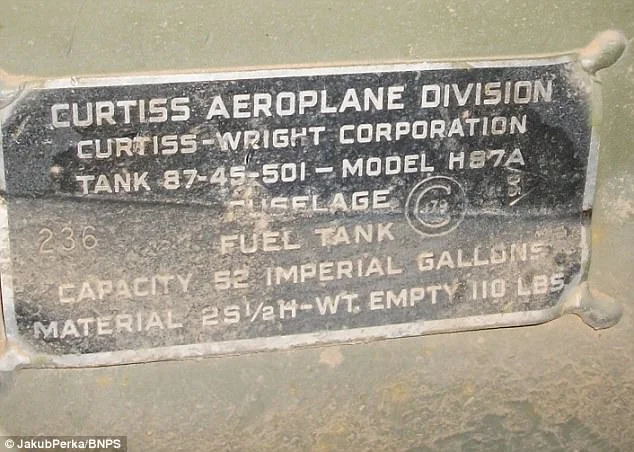In the heart of the Sahara Desert, an aviation relic emerged from the sands, rewriting the narrative of a bygone era. The 70-year-old WWII Kittyhawk, discovered in 2012 in a pristine “time capsule” condition, has recently undergone a controversial makeover, sparking debates among aviation enthusiasts and historians.
This article meticulously explores the journey of this historic plane, from its Sahara discovery to the eyebrow-raising restoration that has left experts and aficionados divided.
The Discovery in the Sands (Kittyhawk)
A Time Capsule Unearthed

In 2012, amidst the vast and desolate Sahara Desert, the RAF P40 Kittyhawk was unearthed in a state of remarkable preservation. Found untouched for 70 years, the aircraft became a symbol of historical significance, providing a glimpse into the past and the harrowing days of World War II.
Fateful Pilot: Sergeant Dennis Copping
The pilot, Flight Sergeant Dennis Copping, played a crucial role in the plane’s history. While evidence suggests his survival after the crash, the inhospitable conditions of the Sahara prevented the discovery of his body. The aircraft, in a sense, became a memorial to Copping’s sacrifice and resilience.
The Controversial Makeover
Egypt’s “Hideous” Restoration

The controversy surrounding the Kittyhawk erupted when the Egyptian government decided to give it a makeover. Described as “truly awful and unsympathetic” by British aviation historians, the vintage aircraft underwent a transformation that some argue deviates from its historical authenticity.
Garish Colors and Shark’s Teeth

The restoration, deemed “hideous,” involved spraying the plane in garish yellow and brown colors, coupled with the addition of shark’s teeth on the front. Critics argue that these alterations, reminiscent of a poorly-made AirFix model, detract from the genuine historical value of the aircraft.
The End of a Mystery
The Kittyhawk’s journey from Sahara sands to the El Alamein Military Museum, 1,500 miles away, marks the resolution of a three-year mystery surrounding its whereabouts and future. The decision to display the aircraft in Egypt also signifies the end of a sorry episode involving the RAF Museum in London, which relinquished a rare Spitfire in an unsuccessful attempt to repatriate the Kittyhawk.
Aviation Enthusiasts’ Discontent
Aviation communities worldwide express discontent over the controversial restoration. Experts argue that the aircraft should have been preserved in its original “time capsule” state, serving as a poignant reminder of wartime sacrifice. The lack of acknowledgment for Dennis Copping in the restoration process further adds to the dissatisfaction.

In conclusion, the WWII Kittyhawk’s journey from Sahara discovery to a controversial makeover unveils the complexities of balancing historical preservation with the desire for visual presentation.
The debate surrounding the aircraft serves as a reminder of the delicate nuances involved in restoring and displaying artifacts that encapsulate pivotal moments in history.